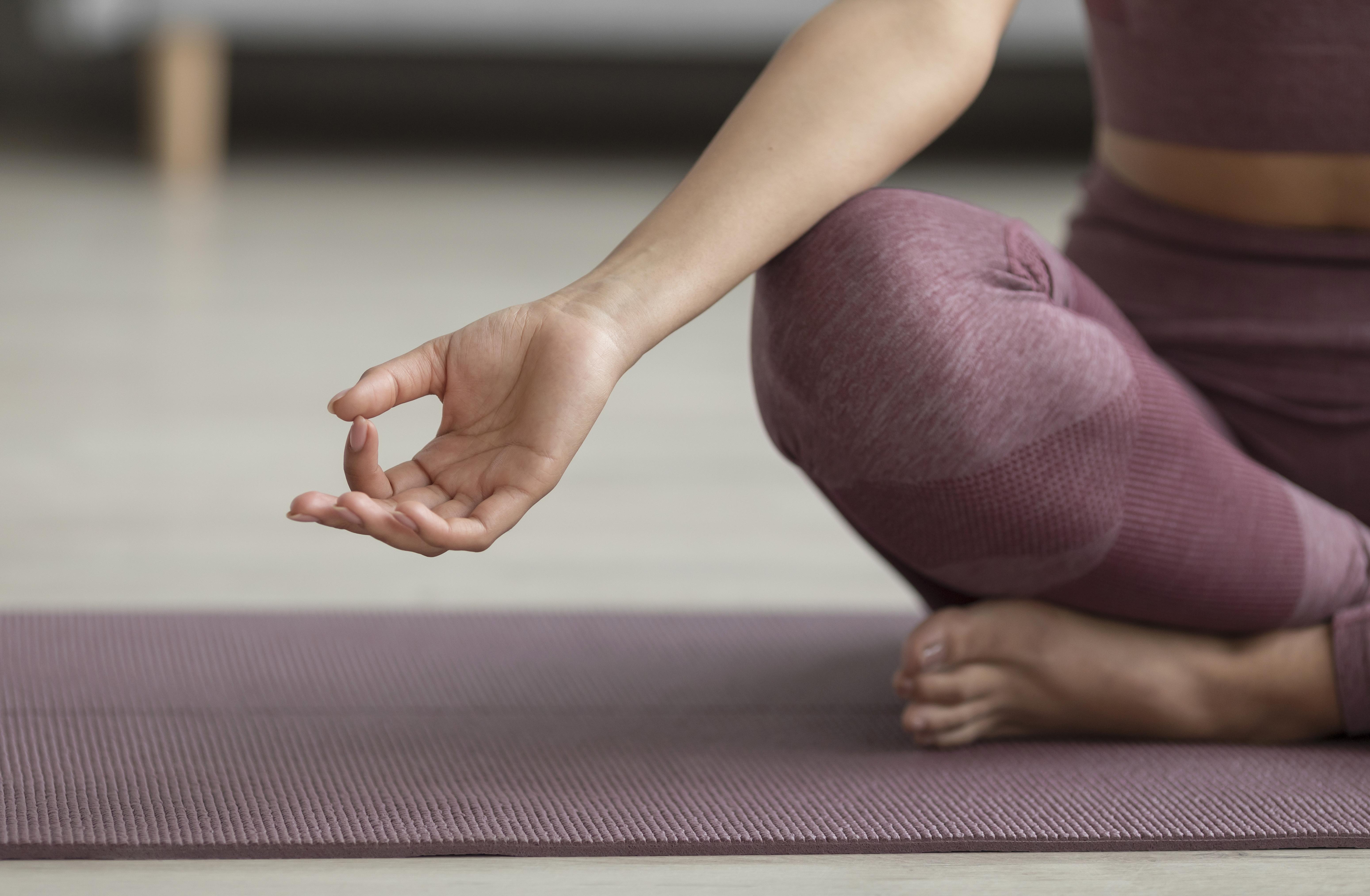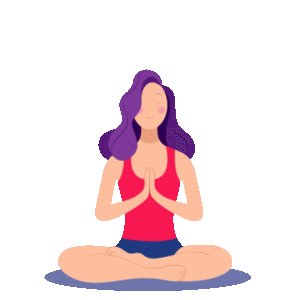Meditation is a technique that allows you to lead the mind to a state of calm and relaxation through methods that involve posture and focusing attention to achieve tranquility and inner peace, bringing several benefits such as reducing stress, anxiety, insomnia, as well as helping to to improve focus and productivity at work or studies.
Despite being more easily practiced in classes and proper places, with an instructor, meditation can also be done in other environments such as at home or at work, for example. To learn to meditate alone, it is necessary to practice the techniques daily for 5 to 20 minutes, 1 or 2 times a day.
The step by step to meditate at home consists of:
1. Set aside time
You should set aside 1 or 2 moments throughout the day to switch off for a while. It can be when you wake up, to allow you to start the day with less anxiety and more focus, in the middle of the day, to get some rest from your chores, or when you go to bed, to calm your mind before bed.
Ideally, a period of 15 to 20 minutes is a great time to bring the maximum benefits of meditation, but 5 minutes is enough to allow a trip within yourself, achieving tranquility and focus.
To avoid worrying about the weather, you can set an alarm clock on your cell phone for the time you want to keep meditating.
2. Find a quiet place
It is recommended to set aside a space where you can sit with a little tranquility, such as a living room, a garden, a sofa, and it is also possible in the office chair itself, or even in the car, after parking before going to work, for example .
The important thing is that you can be, preferably, in a quiet environment with a minimum of distractions to facilitate concentration.
3. Adopt a comfortable posture
The ideal position for the practice of meditation, according to oriental techniques, is the lotus posture, in which one remains seated, with the legs crossed and with the feet on the thighs, just above the knees, and with the spine straight.
However, this position is not mandatory, and it is possible to sit or lie down in any position, including on a chair or bench, as long as it is comfortable, with a straight spine, relaxed shoulders and aligned neck.
You should also find a support for your hands, which can rest on your lap, with the backs of one on the other, or on each knee, with the palms facing down or up. Then keep your eyes closed and allow your muscles to relax.
4. Control breathing
It is important to learn to give more special attention to your breathing, using your lungs fully. A deep inspiration should be taken, drawing in air using the belly and chest, and a slow, pleasurable exhalation.
Controlling your breath may not be easy at first, which it is with practice, but it’s important to be comfortable and not straining so that it doesn’t become an unpleasant time. An exercise that can be done is counting to 4 on the in-breath, and repeating this time for the exhalation.
5. Focus attention
In traditional meditation, it is necessary to find a focus to maintain attention, usually a mantra, which is any sound, syllable, word or phrase that must be repeated several times to exert a specific power over the mind, and that aids concentration to meditation.
It should be vocalized or thought of by the person doing the meditation, and preferably, if it is a mantra from Buddhism or Yoga, it should be taught correctly by a teacher. The “om” is the best known mantra, and it has the power to bring inner peace during meditation.
Do you want yoga tips? Look here!
However, it is also possible to have other types of focus for attention, such as an image, melody, the feeling of a breeze on the skin, your own breathing, or even some positive thought or goal you want to achieve. The important thing is that, for this, the mind is calm and without other thoughts.
It is very common for different thoughts to arise during meditation, in which case you should not fight with them, but let them come and then leave. With time and practice, it becomes easier to concentrate better and avoid thoughts.
Benefits of Meditation for Health
With the daily practice of meditation, it is possible to perceive better control of thoughts and maintenance of focus on activities, in addition to bringing other benefits, such as:
- Assistance in treating depression and reducing the chance of relapse;
- Control of stress and anxiety;
- Decrease in insomnia;
- Improved focus and performance at work and studies;
- Helps in controlling high blood pressure;
- Greater blood glucose control in diabetes;
- Helps in the treatment of eating and obsessive-compulsive disorders.
So, even though it is a technique of ancient oriental traditions, meditation is fully applicable in everyday life to improve well-being and quality of life.
If you liked the tips, leave a comment! I’d love to hear from you!




Leave A Comment